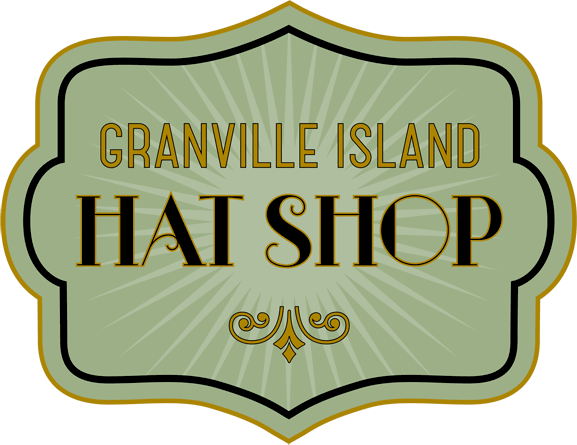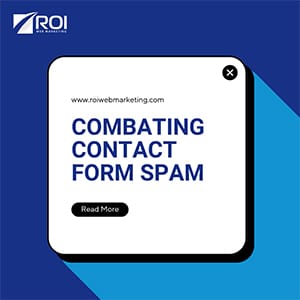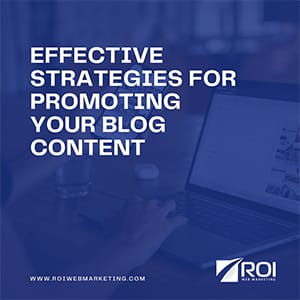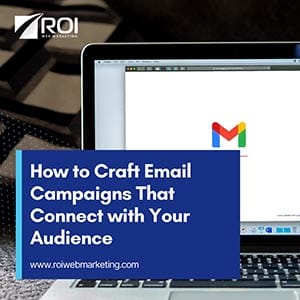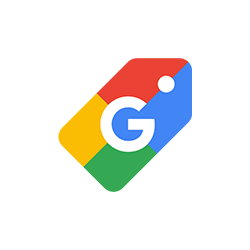
This is a list of essential tools you will need for your Internet marketing to be successful.
This list showcases and explains a few items that will be used within the 6-Month ROI Internet Marketing Plan. It’s fine if you don’t have all of these items yet as this is meant to be a list of short- and long-term tasks to complete.
Don’t let this overwhelm you.
It’s a collaboration of top tasks to eventually achieve. If you find that you aren’t interested in a task or feel one is not that important to you, that’s fine. Move on to the next or ask for help and continue enhancing your marketing.
Checklist for Internet Marketing
Assets
- Google Account or G Suite
- Professional Responsive Website
- Fast, Secure Web Hosting
- SSL Certificate
- Google Analytics & Goal Tracking
Content Marketing
- Content Marketing Strategy
- Email Database
- Social Media Marketing
- Reputation Management
- Landing Pages
Search Engine Optimization
- Google My Business & Bing Places
- Google Search Console & Bing Webmaster Tools
- Sitemap
- Meta Tag Optimization
Paid Advertising
- Google Ads
- Google Ads Extensions
- Google Remarketing
- Facebook Retargeting
- Pay-Per-Click Optimization
Assets
Google Account or G Suite
A very important part of any Internet marketing campaign is to have a Google account. Register one by going here: https://support.google.com/mail/answer/56256?hl=en
You may already have Google G Suite, which we recommend so that you can use your email with your domain and take advantage of all of Google’s services.
Professional Responsive Website
Preferably, you have a website that you can update on your own. This will save you money on hiring a web designer to do all your updates for you when you have content to populate your blog.
WordPress or Joomla are our recommended website platforms. A responsive website refers to a website that adjusts to be displayed on mobile or tablet devices, no matter their size. This is very important to Google as Google has two different search engines – one for desktop search results and one for mobile search results. If your website doesn’t display properly for mobile devices, Google will not show your website in its mobile search results.
Fast Web Hosting
Having a fast website is important to whether a website visitor will stay on your website or not. If your website takes too long to load, this visitor may have already closed the browser or clicked the back button. Also, ensure that your web hosting has a backup system in place just in case anything were to happen to your website.
SSL Certificate
An SSL Certificate is a Secure Socket Layer. Your web browser shows a green “Secure” icon next to the address bar when you have an active SSL connection on a website. This protects your information from intruders intercepting the form content that is submitted on a website. This is required for shopping cart websites to display trust when submitting sensitive information such as credit cards or personal information via websites. Google considers an SSL a part of a trustworthy website, and this is now a factor in how well your website ranks in organic search rankings. It’s a good idea to consider having an SSL certificate installed on your website for lead generation and trust purposes.
Google Analytics & Goal Tracking
Analytics is Google’s software for tracking website visitors and is a very important part of measuring your Internet marketing success. An ideal setup includes goal tracking that measures how many people click to call you from mobile devices. Goal tracking can also be set up on successful inquiry forms. When someone submits a form on your website, this form success triggers a goal or successful lead coming from your website. This is an important factor for measuring how well your marketing is doing.
Content Marketing
Content Marketing Strategy
Our next post explains in more depth what a Content Marketing Strategy (CMS) is and how you can implement it. Our version of a CMS is basically a document that organizes your ideas and concepts for content you’d like to roll out or release over time, often strategically in a scheduled timeframe.
Email Database
In the first month of the program, you will be asked to collect all the email contacts you have done business with in the last year. According to Internet spam laws, you can market to a person’s email address if you have done business with that individual in the last year.
Use email newsletter software such as MailChimp, AWeber, or Constant Contact.
These systems will manage your list of subscribers for you, so you don’t have to manually remove people from the list if they don’t want to receive your email anymore. Users have access to quickly unsubscribe with the click of a button.
Social Media Marketing
This program uses Facebook and LinkedIn as the platforms to focus your social media marketing on. Of course, if you have other social channels set up, feel free to also post on those. If it’s appropriate for your industry, I would suggest making sure that you have both Facebook and LinkedIn profiles created before starting the program.
A Facebook Business Page and LinkedIn personal profile are suggested before starting this program.
Reputation Management
Registering your Google My Business page allows people to write reviews and rate your business based on a 5-star rating system. You can create a link that you can share with your customers to encourage them to write a review for you. Facebook also has a rating system in place that works the same way. People can write a short paragraph review about their experience and give you 5 stars. There are other potential websites that you’ll want to review for a more thorough online reputation management campaign. For the purpose of our 6-Month ROI Internet Marketing Plan, we will only focus on Google and Facebook Reviews.
Landing Pages
A Landing Page is a custom page focused on a specific set of keywords or campaign-focused call-to-action – online advertising campaigns are sent directly to this newly created page. Creating landing pages on your website can assist conversions of paid advertising as well as increase your organic search rankings.
Search Engine Optimization
Google My Business & Bing Places
These are Google and Bing’s directory listings for business owners that allow your business to show up on Google Maps and Bing Maps, and display essential contact information and hours of operation. There is a process to register and verify your address and contact information. Once verified, you will be able to update your hours of operation, include a description of your business, add your business category, upload photos, post updates on specials or news, receive messages, and more. This is an excellent source of website traffic as these business listings show up in a prominent location within Google search results.
Google Search Console & Bing Webmaster Tools
In order for Google and Bing to know when you update your website with new pages and content, you need to create a system that allows them to know where all your content exists. The proper way to do this is by setting up what’s called a sitemap. Sitemaps are lists of pages that are located on your website and information on when you last updated your pages. Ideally, your website has a dynamic sitemap that will automatically update whenever you add new content to your website. Once you have your sitemap created, you’ll want to link it up with Google and Bing. There is a verification process involved and once you are verified, you’ll be able to tell them where your sitemap is located so that Google and Bing can visit it periodically to check for new content and index the new content in their search results.
Meta Tag Optimization
When doing a search in Google, all the results that show up contain meta data. The meta title tag (blue-colored link), the meta description tag (text below the title), and the meta keywords are all factored into how Google ranks your website in its search results.
Paid Advertising
Google Ads
Google Ads is Google’s paid search platform in which you only pay when someone clicks on your ad. Ads are shown in Google’s search engine at the top, above organic search results. You can set your budget daily or with an Internet marketing specialist. It’s best to manage ads with a monthly budget in mind.
Google Ads Extensions
Google Ads has some advanced features to get the most out of your advertising campaign. These extensions often require other Google services to be registered first before you can implement them. An Google Ads location extension, for example, integrates your Google My Business listing content directly into your Google Ads campaign. Callouts extensions feature one- or two-word titles that describe reasons why someone should visit or do business with your company. Call extensions add your phone number directly into your ads so that people can call you directly from their mobile devices without even visiting your website. You can also set the time of day that this extension is displayed so that your call extension ads are only shown during business hours when you are available to answer these calls.
Google Remarketing
There are a couple ways to set up Google Remarketing. If you already have Google Analytics installed on your website, this is the easiest way to set up Remarketing. There are settings within Google Analytics to create your audience and activate Remarketing within your Analytics profile. Or, you can activate it by installing a remarketing tag from Google Ads. When a user visits your website, this installs a tracking code on their web browser. Then, when this user visits other Google-partnered websites, your banner or text ad is displayed, reminding them about your business, product, or services. When they click on this ad, they are redirected back to your website.
Facebook Retargeting
This operates just like Google Remarketing. A Facebook retargeting pixel is added to your website, and when a visitor lands on your website, this tracking code is added to their web browser. When this user visits Facebook next, your ad is displayed to them to get them to come back to your website. Both Google Remarketing and Facebook Retargeting are excellent ways to gain more exposure for your brand and increase touch points with prospective buyers. You can also include different calls-to-action or offers to these people to get them to take action on the next step in your sales cycle.
Pay-Per-Click Optimization
Once your advertising campaigns are set up and running, your campaigns will need to be modified and enhanced based on user behavior from your initial setup. No Internet marketing campaign will be perfect when you first launch. The longer you are running your campaign and the more you tweak your keywords and ads, the more conversions you should see over time. When you have your goal tracking set up with Analytics, you can import these goals into your Google Ads campaigns to find out which keywords are bringing you conversions (calls from website, calls from ads, inquiry forms, emails from website, etc.) The more data you receive, the better you can optimize your campaigns. Optimization includes adding more keywords, removing or pausing keywords, creating more ads, pausing or removing ads, creating new ad groups, adding landing pages, etc. One of the biggest optimization techniques is adding more negative keywords. Negative keywords are keywords that you don’t want to display your ads for. Once you see what people are searching for, you’ll realize there are a lot of keywords that can be added to the negative keywords list over time. Pay-per-click optimization is a monthly ongoing process that should prove to continually make your campaigns more efficient over time.




